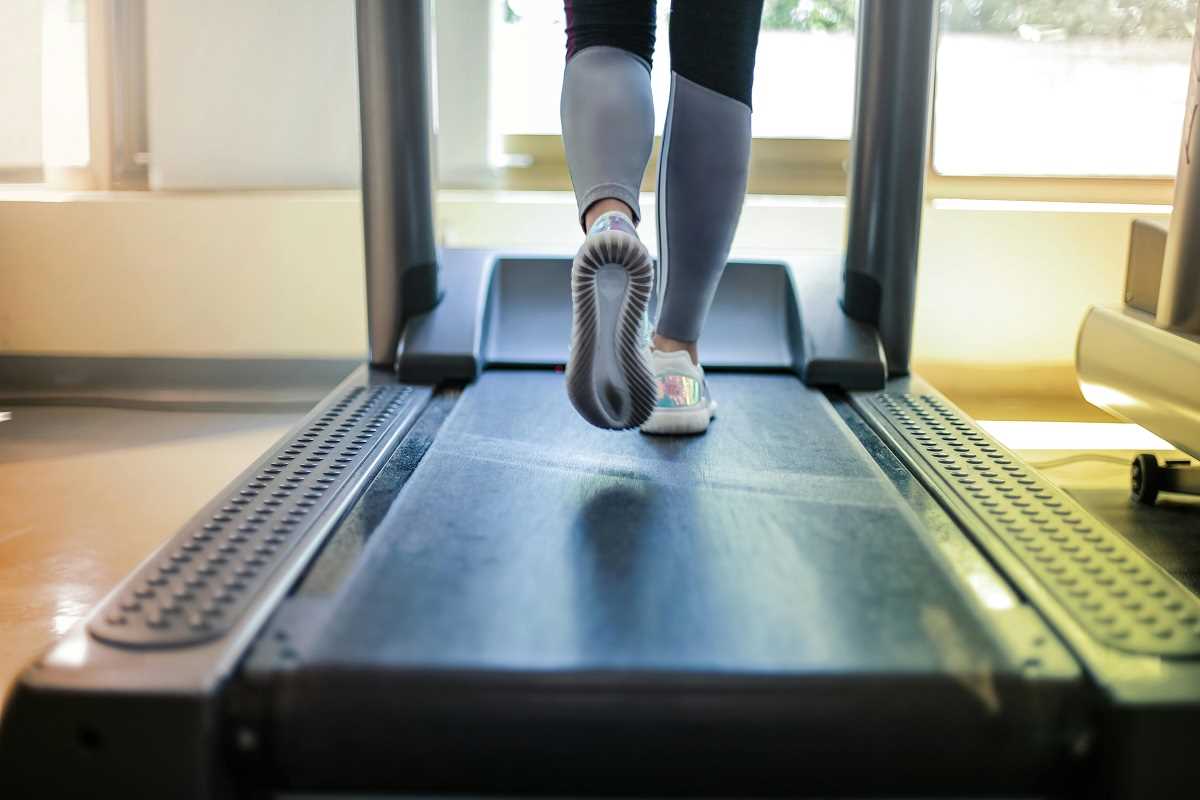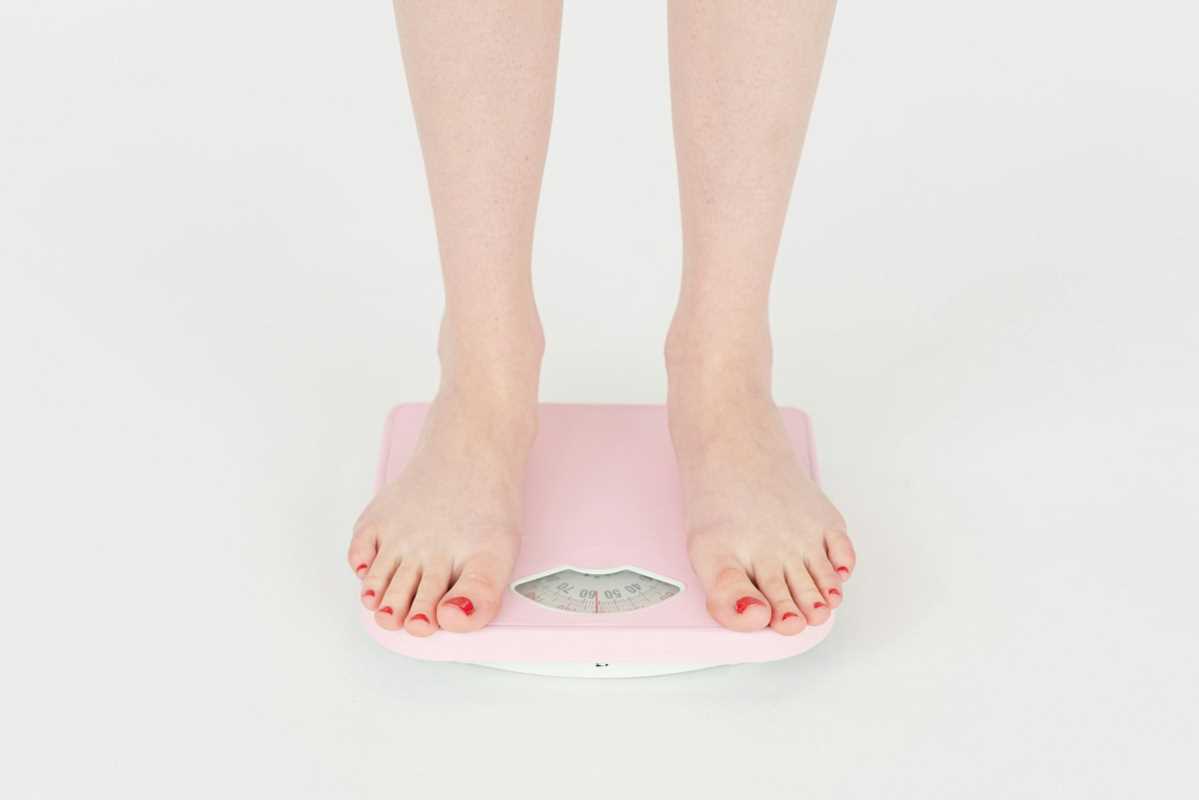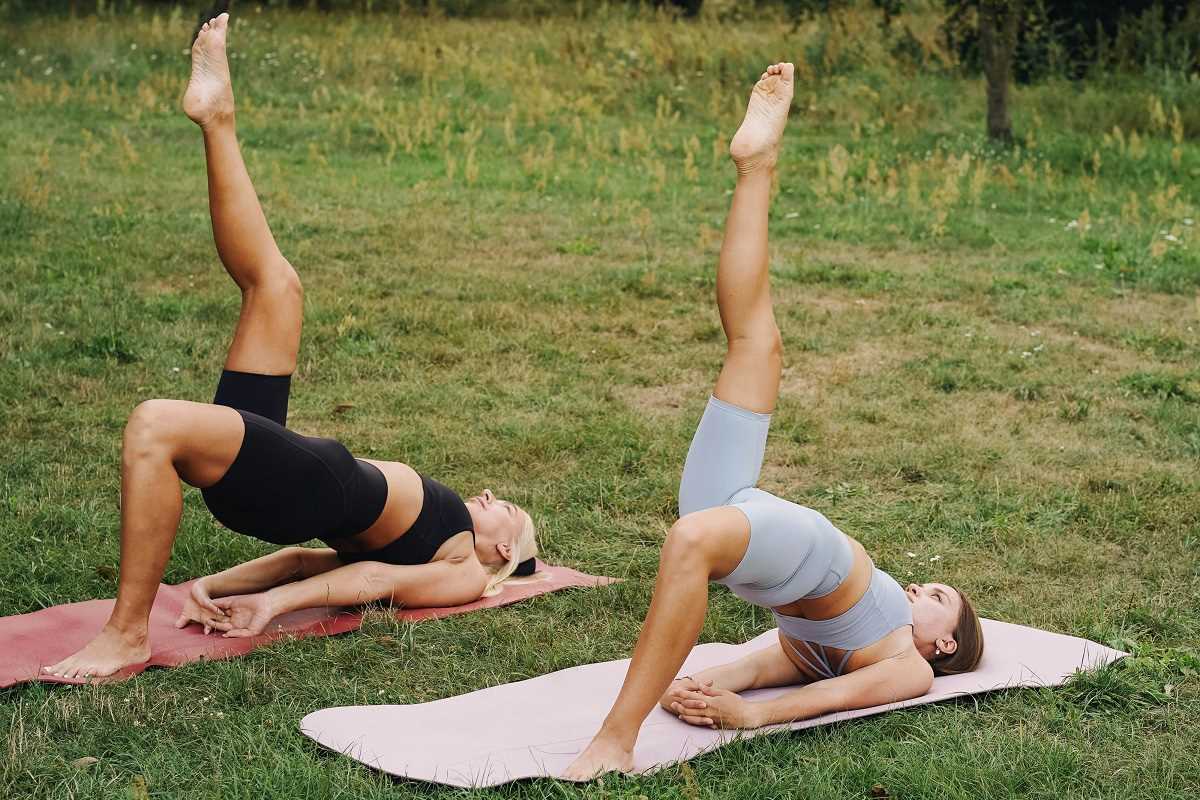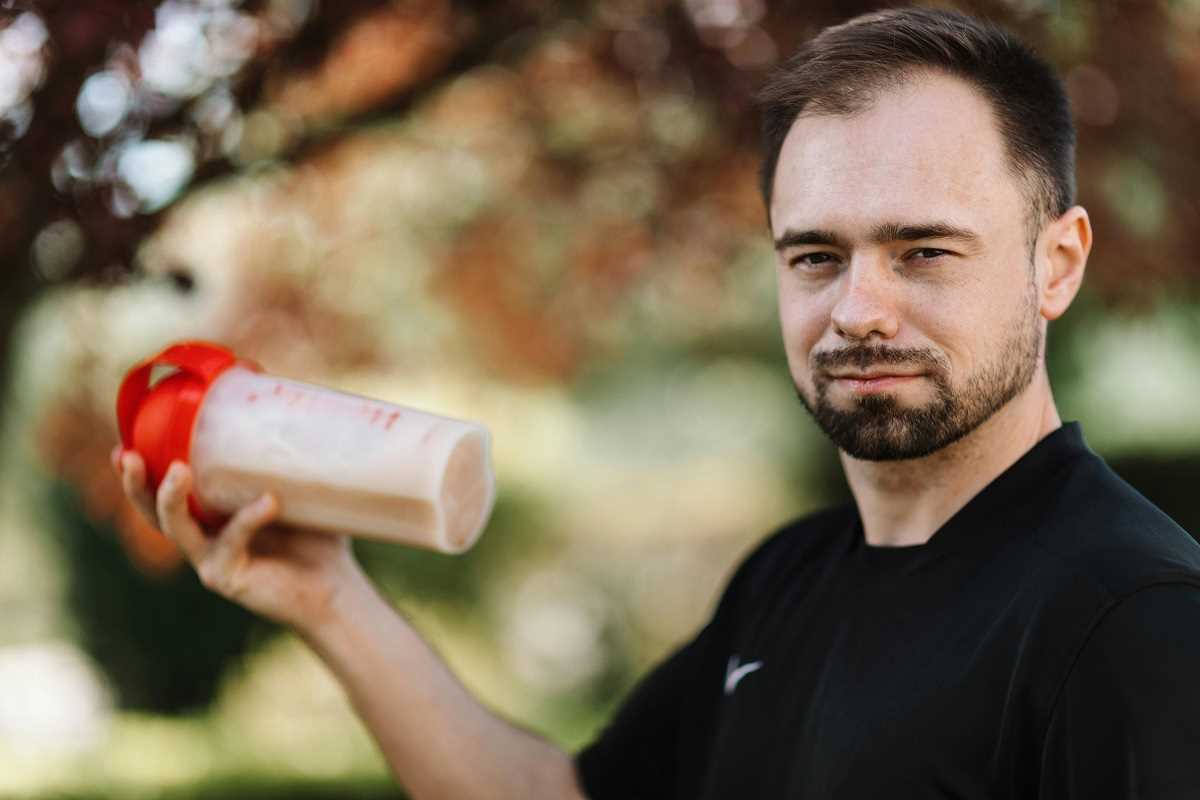Starting a fitness routine can feel overwhelming, especially if you’re unsure where to begin. With endless options for exercises, schedules, and advice, it’s easy to feel lost. This beginner-friendly exercise schedule is designed to help you ease into regular movement, build strength, improve endurance, and enhance your overall health. Whether your goal is to gain strength, feel more energetic, or simply start moving more, this guide will give you the tools you need to develop a routine you can stick to.
Why Following a Structured Routine Matters
Before jumping into the schedule, it’s crucial to understand why having a structured workout plan is beneficial. Here’s why sticking to a plan can make all the difference:
- Builds Habits: Exercising on a consistent schedule helps transform fitness into a habit rather than something you force yourself to do.
- Ensures Balanced Workouts: A structured plan ensures you work all major muscle groups and include a variety of components like strength, cardio, and flexibility training.
- Tracks Progress: When you follow a routine, it’s easy to monitor how far you’ve come, like doing more push-ups or increasing your endurance over time.
- Boosts Confidence: Knowing what to do each day eliminates decision fatigue and makes it easier to commit to exercising. You’ll also feel a sense of accomplishment as you tick off each session.
- Reduces Overtraining Risks: A good schedule includes rest days or active recovery, helping your body properly recover and reduce the likelihood of injury.
Key Guidelines for Beginners
Whether it’s your first time working out or you’re starting over, keep these five golden rules in mind:
- Start Slow and Build Gradually: Don’t jump into hour-long workouts or super-intense routines right away. Your body needs time to adapt. Adding too much too soon could cause injuries.
- Set Realistic Goals: Instead of saying, “I’ll run every day for an hour,” start with achievable goals like walking for 20 minutes three times a week.
- Prioritize Form Over Speed: Good technique prevents injuries and ensures you’re engaging the right muscles. If you don’t know the proper form, check online tutorials or consider a fitness class for guidance.
- Listen to Your Body: It’s normal to experience slight soreness, especially as a beginner. However, if you feel sharp pain or extreme discomfort, it’s a cue to stop and adjust.
- Don’t Skip Rest Days: Results don’t happen in the gym; they happen when your body recovers. Treat your rest days like essential parts of the process.
Beginner-Friendly Weekly Exercise Schedule
This schedule incorporates strength training, cardio, and flexibility, along with active and full rest days, giving you a comprehensive approach to fitness. Every session is adaptable to your level, so don’t be afraid to modify exercises as needed.
Day 1 - Full-Body Strength Training (30-45 Minutes)
Strength training isn’t just about building big muscles; it’s also key to improving bone health, increasing metabolism, and boosting functional fitness for everyday activities, like carrying groceries or climbing stairs.
Sample Workout (3 sets, 10-12 reps):
- Bodyweight Squats (Strengthens legs and improves stability)
- Modified Push-ups (Great for chest, shoulders, and arms)
- Dumbbell Rows (Can substitute with water bottles to work your back)
- Glute Bridges (Targets the glutes and lower back)
- Plank (Hold for 20-30 seconds to engage your core)
Tips for Success:
- Rest for 30-60 seconds between sets to catch your breath.
- Use a mirror or record yourself to check your form.
- If bodyweight exercises feel easy, consider adding light dumbbells for a challenge.
Day 2 - Low-Intensity Cardio (30 Minutes)
Cardio improves your heart health, helps burn calories, and boosts endurance. At this stage, focus on low-intensity steady-state cardio.
Examples of Low-Impact Activities:
- A brisk 2-mile walk in your neighborhood or on a treadmill.
- A light bike ride around a local park.
- An elliptical workout set to minimal resistance.
Extra Motivation Tip:
Listen to your favorite podcast or create a playlist that keeps you engaged. Music with a steady beat can help maintain your cardio rhythm.
Day 3 - Yoga or Stretching (20-30 Minutes)
Many beginners neglect flexibility, but it’s essential to improving posture, preventing injuries, and relaxing your muscles.
Simple Yoga Flow or Stretching Routine:
- Cat-Cow Stretch (1 minute): Loosens up your spine.
- Downward Dog (20 seconds, repeat 3 times): Stretches your hamstrings and shoulders.
- Warrior II Pose (20 seconds on each side): Builds strength while improving stability.
- Seated Forward Fold (30 seconds): Stretches your lower back and hamstrings.
- Child’s Pose (1 minute): Relieves tension in your back and hips.
You could also search for videos online if you want a guided session. Look for beginner yoga or short stretching routines for recovery.
Day 4 - Active Rest or Gentle Movement (Optional)
An active rest day keeps you moving lightly without adding serious strain on your body. Movement is essential for circulation and reducing stiffness.
Activity Ideas:
- Take a leisurely stroll to a coffee shop or park.
- Swim a few easy laps at the pool.
- Try a relaxing tai chi or light stretching session.
Active rest days are also a good opportunity to focus on mental health. Use this time to meditate, journal, or simply enjoy being in the moment.
Day 5 - Circuit Strength Training (30-40 Minutes)
Circuit training is an efficient way to combine cardio and strength for a powerful full-body workout.
Sample Circuit (3 rounds, 40 seconds each exercise; rest 20 seconds between moves):
- Jumping Jacks (Warms up your entire body)
- Modified Push-ups or Wall Push-Ups
- Bodyweight Lunges (Can hold onto a surface for balance if needed)
- Plank Shoulder Taps (Targets your core and shoulders)
- Step-ups (Use sturdy household surfaces or a low platform)
How to Push Yourself While Staying Safe:
Start slow and focus on completing each exercise with proper technique. If 40 seconds feels too long, aim for 20 seconds and gradually build from there.
Day 6 - Moderate-Intensity Cardio (30 Minutes)
On this day, the focus is medium-effort cardio to improve your aerobic endurance. Moderate-intensity cardio raises your heart rate more than Day 2’s workout but should still feel sustainable.
Activities for Moderate-Intensity Cardio:
- Alternate between jogging for 1 minute and walking for 2 minutes.
- Use a stationary bike with moderate resistance for structured interval training.
- Try hiking if you have access to hill trails.
For added variety, you could try dancing to your favorite upbeat playlist.
Day 7 - Full Rest Day
Your rest day is a chance to completely recover. Hydrate, eat nutrient-rich meals, and relax your muscles. Massage sore areas with a foam roller or take a warm bath to soothe tightness.
Additional Tips to Stay on Track
- Warm Up and Cool Down: Just 5-10 minutes of warming up (light cardio and dynamic stretches) prevents injuries, while cooling down (gentle stretching) aids recovery.
- Stay Hydrated: Carry a water bottle with you during workouts and aim to drink at least half your body weight in water ounces daily.
- Fuel Your Energy: Balance your nutrition with whole grains, lean proteins, vegetables, and healthy fats. Post-workout snacks like a banana with peanut butter can speed recovery.
Overcoming Common Obstacles
Starting and sticking to a fitness routine can be challenging. Here’s how to tackle common hurdles:
- “I Have No Time to Work Out”: Break sessions down into shorter ones. Even ten minutes twice a day adds up.
- “I Feel Too Tired”: Start with light movement, and you might find it energizes you rather than drains you.
- “Workouts Feel Boring”: Mix things up by trying new classes, outdoor activities, or inviting a friend to join.
Staying Motivated Long-Term
- Track Progress: Keep a fitness journal or use an app to note small wins like running longer distances or increasing reps.
- Set Rewards: Treat yourself when you hit milestones, like buying new workout gear.
- Create a Routine: Try exercising at the same time every day to build a habit.
- Focus on Mental Health: Physical activity benefits your body, but it also boosts mood, relieves stress, and can decrease anxiety. Pairing fitness with mindfulness practices, like deep breathing, amplifies these benefits.
 (Image via
(Image via





